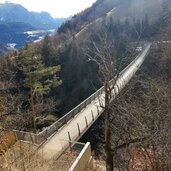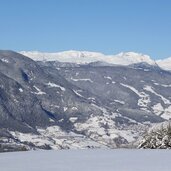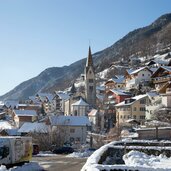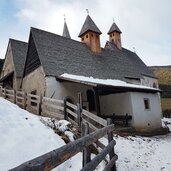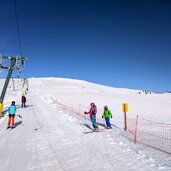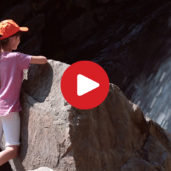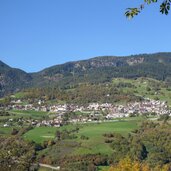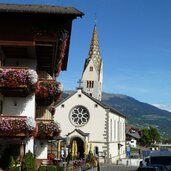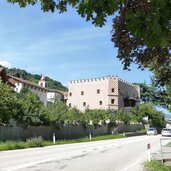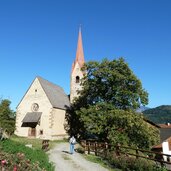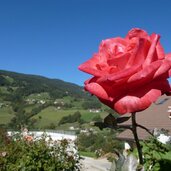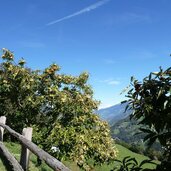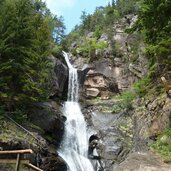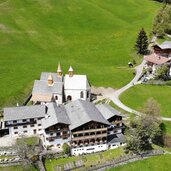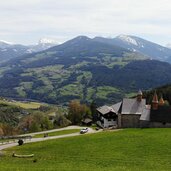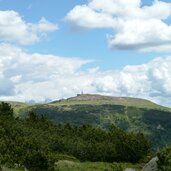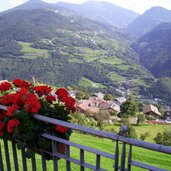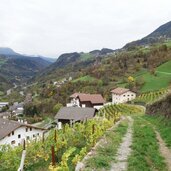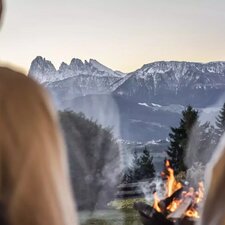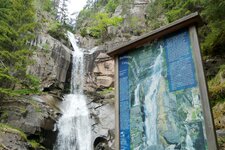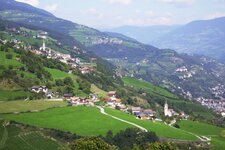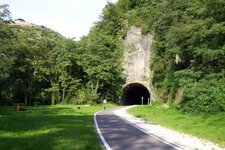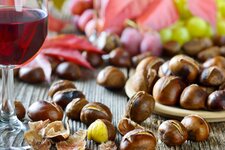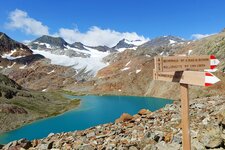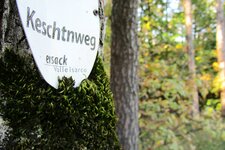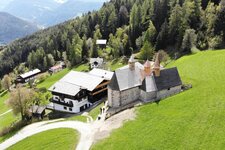Barbiano in the Isarco Valley: A leaning church tower, sweet chestnuts, and historic hiking trails await
In the lower Valle Isarco valley, the municipality of Barbiano stretches from the valley floor up to the Corno del Renon, a popular hiking and skiing area. The houses of Colma, once the starting point of the old Emperor's Road, lie at the very bottom of the valley. A bit further up, you'll find the hamlet of Sant'Ingenuino and the village of Barbiano itself.
Barbiano is widely known for its leaning church tower. And indeed, it leans noticeably to one side, like an homage to the Tower of Pisa. Higher up, you'll discover Tre Chiese, an ancient spring sanctuary with three interconnected churches. Numerous imperial processions once chose the historic Emperor's Path over the Renon - out of necessity, as the nearby gorge of the Isarco Valley was impassable at that time.
Soon, the mild climate of the lower Valle Isarco attracted illustrious guests. Johann Wolfgang von Goethe stopped here on his Italian journey. Christian Morgenstern holidayed in Tre Chiese and met his great love, Margarete Gosebruch von Lichtenstern, there. And in 1905, Sigmund Freud wrote about his Easter walk to this historic place: "It was a delightful solitude, mountain, forest, flowers, water, castles, monasteries, and no people".
Today, you'll find peace and relaxation in this tranquil village idyll. Locals and visitors alike are drawn to the Barbiano Alp and the Corno del Renon, called Rittner Horn in German.
Both offer plenty of space for exercise and variety. Tre Chiese (Dreikirchen), accessible only on foot, and the Barbiano Waterfalls are considered places of tranquillity - the paths leading there bear the fitting names Waterfall Trail and Chestnut Trail. The delicious Barbiano sweet chestnuts are best enjoyed at a Toerggele evening in one of the traditional farm taverns.


